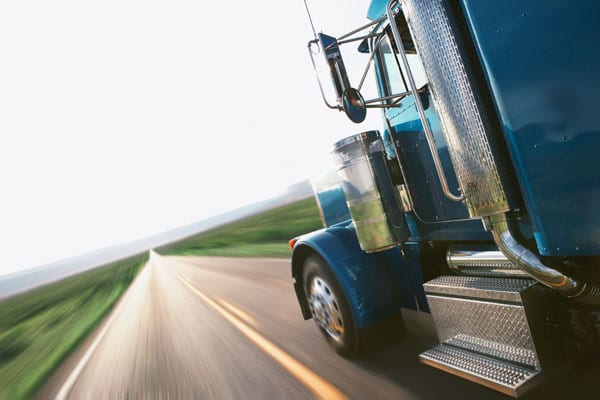4 Technologies Your Trucking Company Needs
July 25, 2018
The trucking industry relies heavily on new technologies. In an industry that has a thin margin for profit (and an even thinner margin for error), we need to use every tool possible to reduce costs, increase safety, and enhance efficiency. As digital and mobile technology grows in our society, so too does its use in the trucking industry. In fact, some trucking experts have called the current state of technology adoption a “mobile revolution.” Staying on top of these technologies is essential if you expect to stay competitive. Here are four technologies your trucking company needs.
 Technologies Your Trucking Company Needs
Technologies Your Trucking Company Needs
1. Fleet Tracking
Perhaps one of the most game-changing technologies and one that is already being adopted by leading trucking companies is fleet tracking systems. These systems allow software to track the position of freight throughout the continent, creating better management solutions and route organization. Tracking your fleets isn’t just for monitoring your truckers (you should, after all, hire drivers you can trust), it’s about providing useful information on route planning, backtracking, and load management.
Fleet tracking also has a customer-service element. With the right system, customers can track their shipment and know exactly when the material or products will arrive.
2. Mobile Logging
One of the biggest themes of new technology for the trucking industry is the reduction of paperwork. In the past, tasks such as logging hours could actually consume hours. With mobile logging or elogs, these tasks can be done digitally, making the process smoother and providing managers, company owners, and dispatchers with real-time information on hours and routes.
This technology is especially helpful because the DOT’s rules for Hours of Service are becoming more complex. Many technologies can actually warn a driver when he or she is approaching the limit on hours.
3. Adaptive Cruise Control
An emerging technology in the transportation and automotive industry, adaptive cruise control is a computer-monitored system that allows the vehicle to slow and accelerate with the pace of traffic ahead automatically. A radar sensor monitors the vehicle in front of you and slows down or speeds up to maintain a safe distance.
Adaptive cruise control has been linked to increased safety and is a major part of the steady progression towards motorized vehicles. According to the AAA, this technology could reduce collisions by 17 percent in specific situations for general traffic. It’s also believed that this technology could significantly increase fuel economy for over-the-road trucking.
4. Digital Security Systems
Freight security is an important topic for truckers, customers, and trucking companies. It’s generally accepted that the freight is most vulnerable during a shipment when the trucker stops for the night. This often means protecting, and if needed, tracking down the trailer or the cargo. While the tried-and-trusted system of container and truck locks will always have a place, digital technology is swiftly being added to freight security.
New technology to protect freight can include tracking stolen trailers, video monitoring, and advanced alarm systems. Wireless door sensors can be added to the trailer, while GPS tracking systems can be used to find trailers that have magically disappeared from lots.
What’s Does the Future Hold?
What about the future of trucking technology? In the next five, 10, or 20 years, what advancements will change the way we operate in commercial shipping?
Vehicle-to-vehicle communication is going to be one of the top advancements in the near future. Digitally connected vehicles, including commercial trucks, will be able to communicate speed, route, and other information, creating better efficiency and safety. By having trucks communicate with each other, you could see an increase in the effectiveness of “platooning,” when two or more trucks drive in close proximity without reducing safety.


